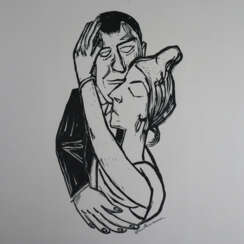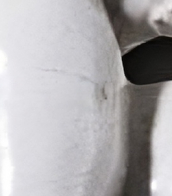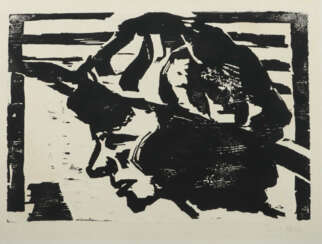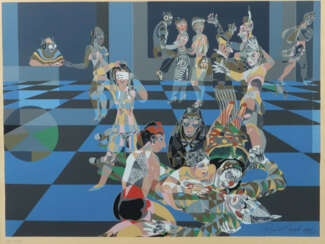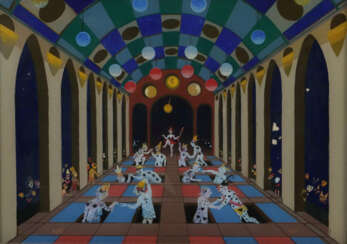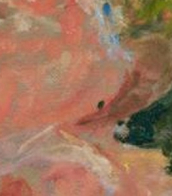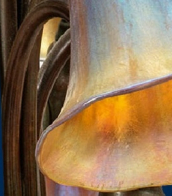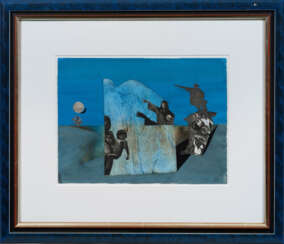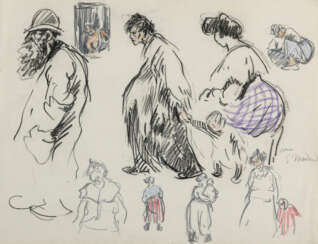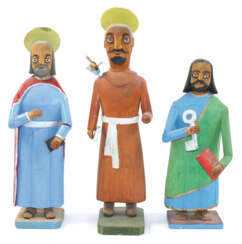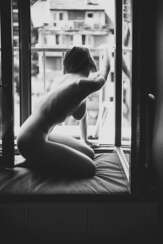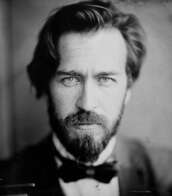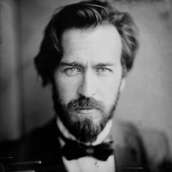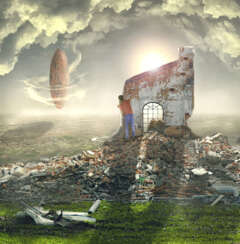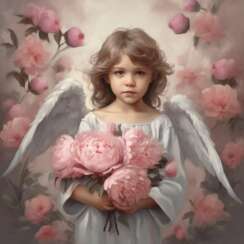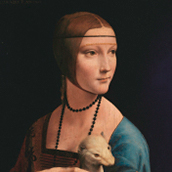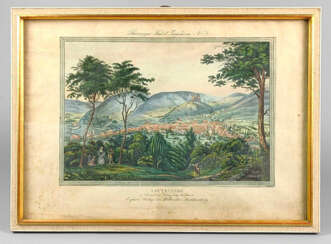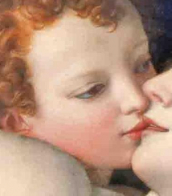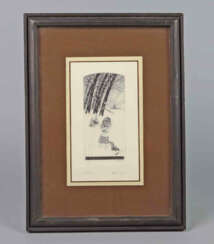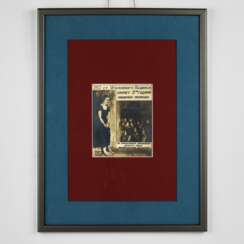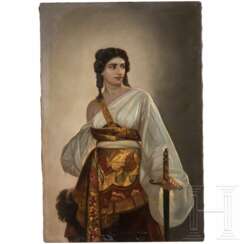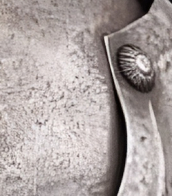401 Items by auctions and galleries:
hand grafik
Second hand emotion
Arseniy Kaluzhniy (b. 2002)  Shop Kaluzhniy Arseniy
Shop Kaluzhniy Arseniy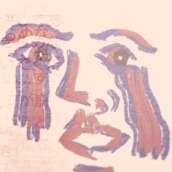

Arseniy Kaluzhniy
02.03.2002
Russia
My name is Arseny. I'm 19 years old. I am a student at Moscow University for the Humanities. I am engaged in advertising, design and decoration. From an early age, I paint various works, in different styles. I put my soul into every work and really appreciate them. Each painting has its own story, which is attached to it. I mean, these are not just paintings, these are me.

Artist shop
Kaluzhniy Arseniy
Russia
Number of products: 4
Arrival
Tamer Mallak (b. 1984) 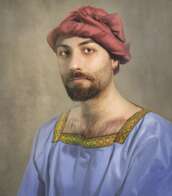 Shop Mallak Tamer
Shop Mallak Tamer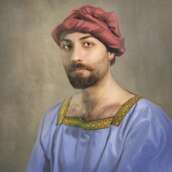

Tamer Mallak
01.01.1984
Byelorussia
Тамер Маллак родился в 1984г. в Дамаске (Сирия).Там же учился в Академии искусств, ф-т станковой живописи.
Закончил БГАИ в 2010 году. Получен диплом о высшем образовании. Присвоена квалификация-кинооператор.
2010-2012г.работал в Сирийской государственной киностудии. Оператор-постановщик.
2011-2012г.преподавал в Сирийском государственном колледже искусств предмет «освещение».
2013-2014г.преподавал в БГАИ предмет «фотокомпозиция».
С 2013-2017 работал в ЗАО «Столичное телевидение». Должность телеоператор.
В 2016г.был в группе операторов, занявших 1 место на республиканском конкурсе «Телевершина»в номинации «Лучший операторский коллектив».
В 2016г.проходила в Национальном историческом музее персональная выставка. Проект назывался «1+1»,посвящен был его детям.
В 2017г. персональная выставка на тему сирийского конфликта.Проходила на территории Пресс клуба.
Сотрудничает с Ливанской интернет газетой«Almodon»,где представляет работы о событиях в мире, некий взгляд или отчет о новостях, которые были самыми яркими за месяц.
Его фотография попала в 50 лучших фото в конкурсе “ Above art”
Две его работы были опубликованные в Американском журнале “Photographize “
Тамер использует во всех работах технику "Фотомонтаж"

Artist shop
Mallak Tamer
Byelorussia
Number of products: 17
